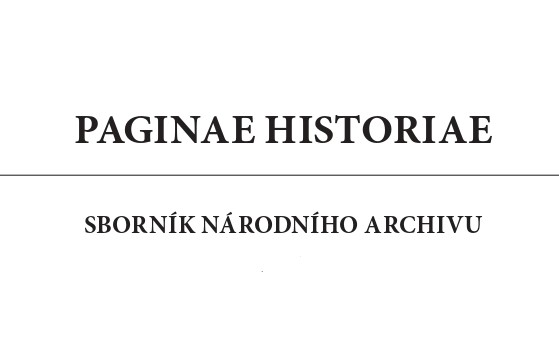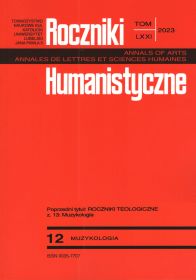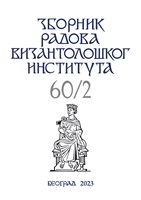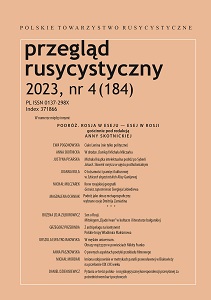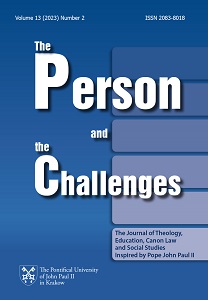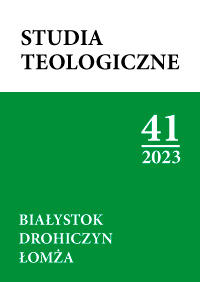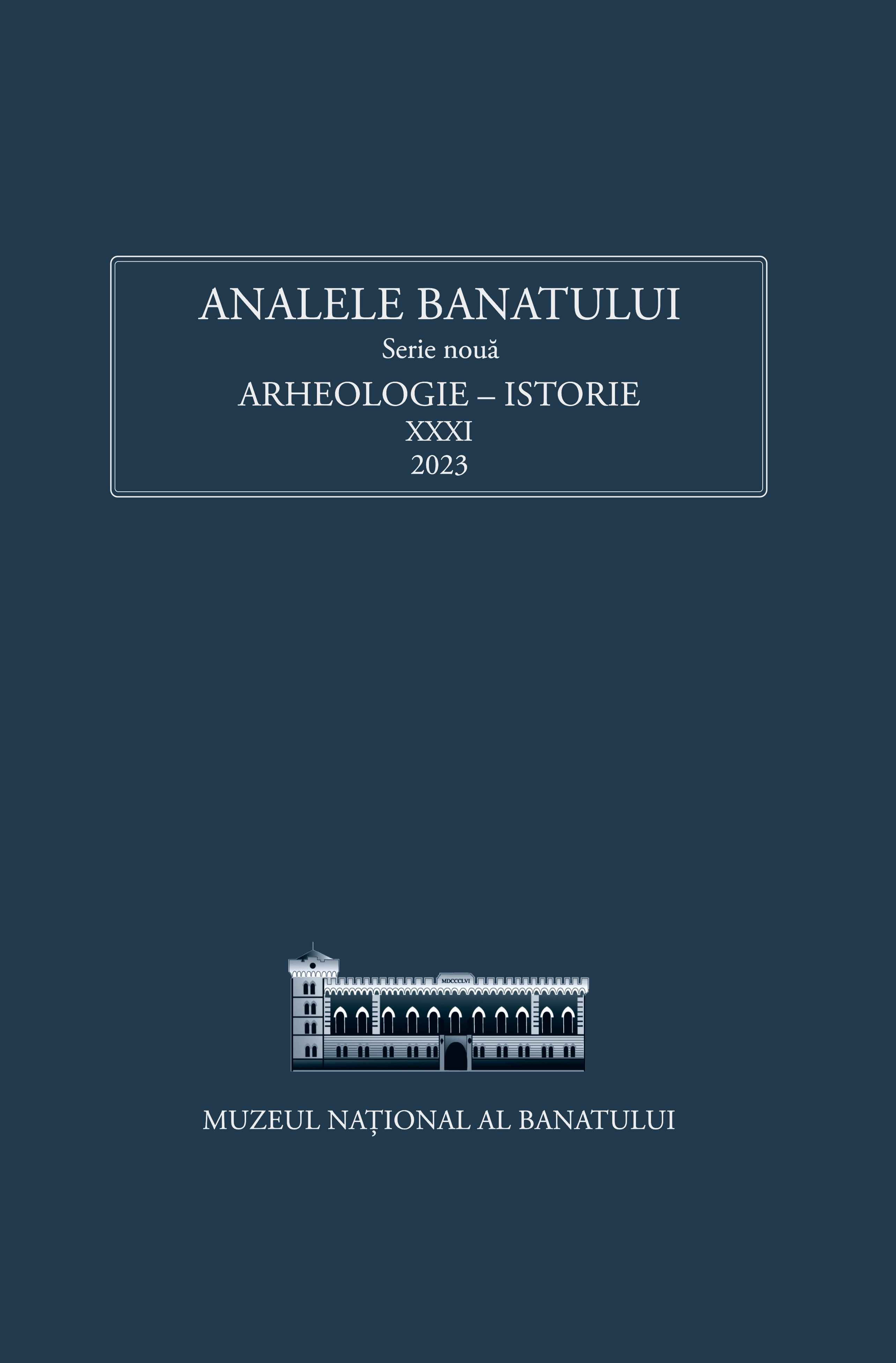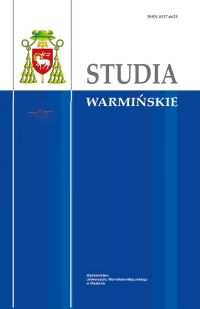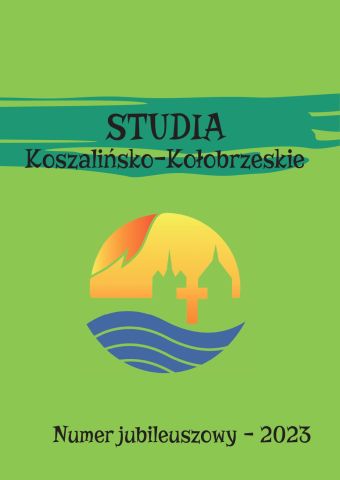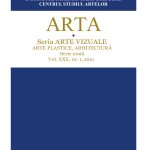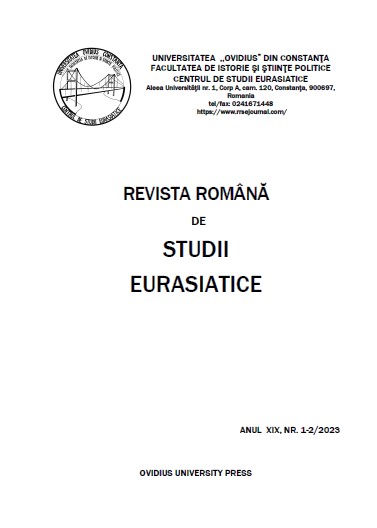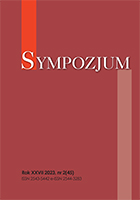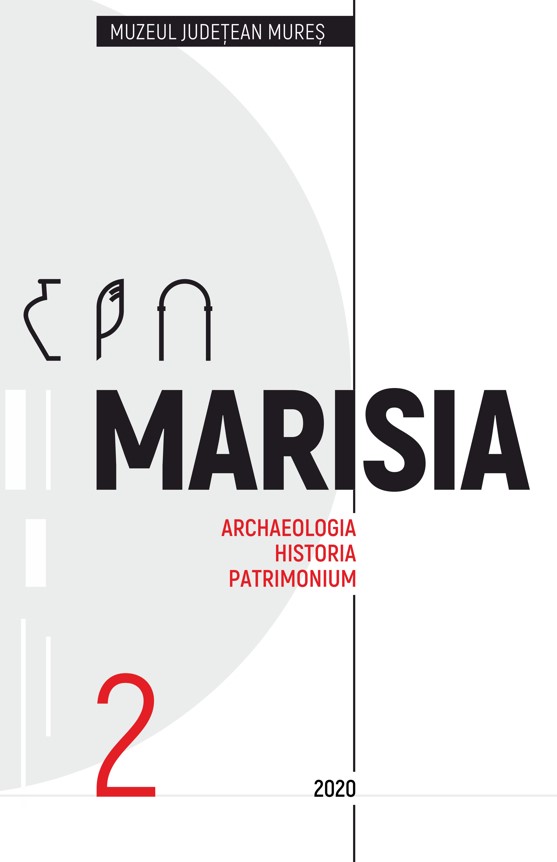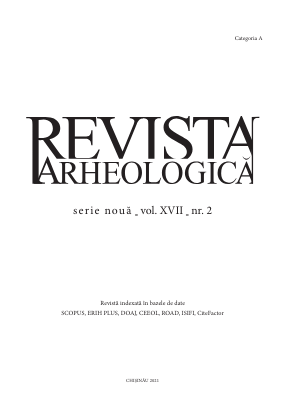Author(s): A. William McVey / Language(s): English
Issue: 1/2024
I have approached the study of the Encyclical Letter Fides et Ratio by JohnPaul II as an Organizational Rhetorical Psychologist. More specifically, I de-fine myself as a Neo Aristotelian Organizational Rhetorical Psychologist. I amnot responding to this Encyclical as a theologian or philosopher. Aristotle iden-tifies the means of persuasions as appeals to personal character (Ethos), appealsto emotion (Pathos), the use of reasoning (Logos) and sensing the right practiceand right time (Kairos).In this paper, I examine four styles of rhetor exemplars at critical times inthe history of Western Christianity. We are examining John Paul, and the En-cyclical Fides et Ratio, Thomas Aquinas, Bishop Fulton Sheen, and John Wes-ley as rhetorical organizational social interventionists. These Rhetorical inter-ventionists employ particular patterns, such as the rhetorical tactics, devicesand strategies that constitute the ultimate framework of the organizational rhe-torical frame work1.We will analyze the rhetorical maneuvers of the four exemplar rhetorsranging from using ethos, pathos, logos, metaphor and arguing by example indiscourse, to creating events, writing, reading, preaching, meetings, literacy,worship, philosophy, theology, public speech, and social intervention andKairos.We suggest that perhaps the four interveners greatest rhetorical strength isKairos. The organizational pragmatic Sophists “recognized that Kairos pro-vides the time frame for strategic action, for knowing the moment is ripe to make an argument and when it best to be silent. In addition to the strategicopportunity, the radical occasionality of a kairotic moment proves an openingto invent a fresh argument, something not in the tradition yet response to it”
More...
